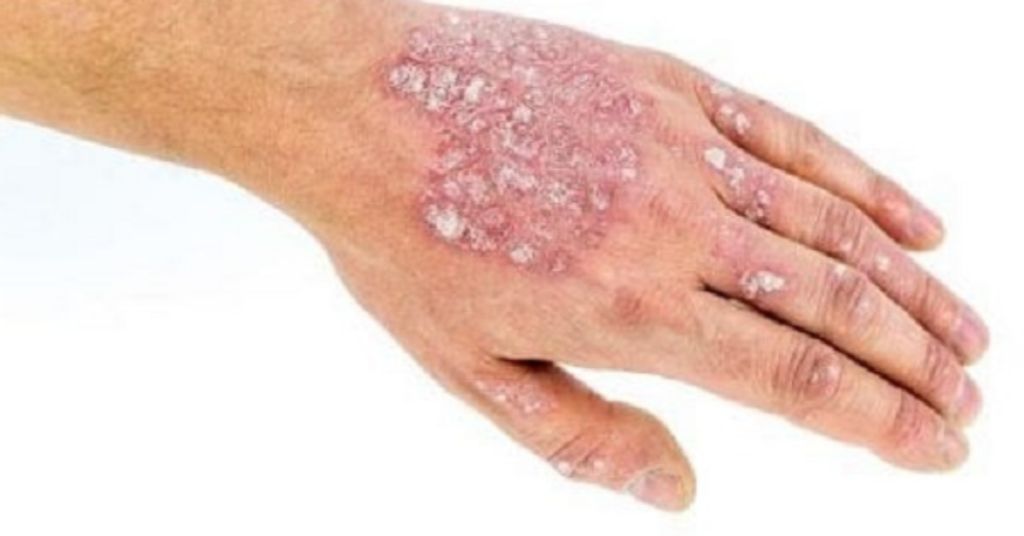Atopic dermatitis, AD in short is a very itchy chronic skin condition. It often presents in infancy or early childhood, but can start in adult life too. Around the world, 10-20% of children and 3-4% of adults suffer from Atopic dermatitis. AD is much more common today than it was 30 year ago
In AD, the skin is a bit different. The water holding capacity is defective, resulting in an extremely dry skin.family history of allergic rhinitis ,asthma and eczema is there.
It allows allergens and infections to gain entry into the skin. It is suspected that allergens entering the skin may be responsible for asthma in later life. This means that treating eczema effectively early on may in all likelihood help against development of asthma later on rather than the other way around as it is spread by people practicing alternative medicines.
Atopic skin has a very low itch threshold.
Clinical features
In infants, face, scalp, and the extensor surfaces of the limbs are affected. As the child grows older, the rash gets localized to the folds on the extremities, flaky dry skin may be seen behind the knees, thighs and the neck area may appear dark.
In many children it subsides as the patient grows older. In adults, there may be severe thickening of the skin and dryness on the limbs and face
Trigger factors
Triggers are those factors that the skin is not comfortable with and cause worsening of eczema. These include:
Extremes of climate-very cold and dry weather and hot, humid climate
Sweating is a potent stimulator of itch
Strong soaps and shampoos
Cloth detergents and fabric softeners
Woollens, synthetic fibers,
rough and ill-fitting clothes Furry soft toys
Exposure to pets
House dust
Swimming
Food allergy
Treatment
Regular use of moisturizers and avoiding the trigger factors play a key role in treating Atopic dermatitis.
Working around the trigger factors improves AD and reduces need of medications.
Topical moisturizers (to avoid dryness), topical steroids and immumomodulators (to reduce inflammation in the reactive skin), anti-histaminics (to reduce the itch) are the chief treatment options. Moisturizer should be always paraben-free, lanolin-free, and fragrance-free.
Systemic antibiotics (in cases of infection) or systemic immunosuppresants are used


